Propagating lilacs from shoots taken from lilac roots, is a fast and easy way to grow new lilac plants. Root shoots are also known as suckers, and are commonly found at the base of the lilac plant. Learn how to propagate lilacs from shoots and suckers, and multiply the lilac plants in your landscape.
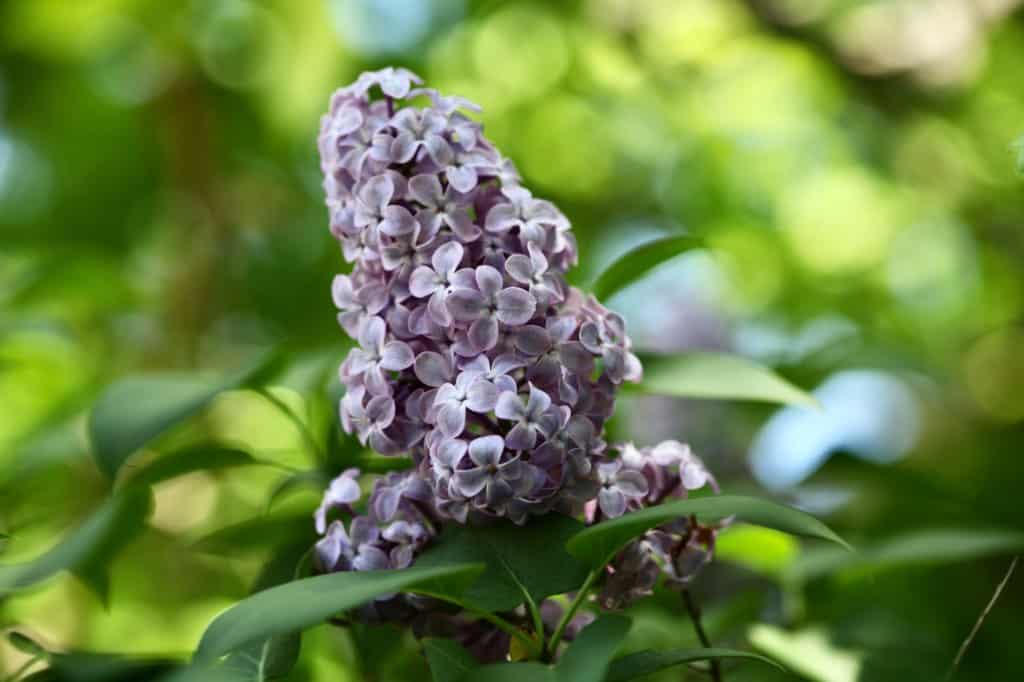
Lilacs are such beautiful flowers, and these fabulous flowering shrubs are the perfect addition to any garden.
Growing and propagating lilacs from shoots and suckers is one of my favourite ways to make new lilac plants.
Lilac propagation can also be done from softwood cuttings in early spring. Growing from lilac cuttings however is generally not as successful as growing from suckers or shoots.
Next year I will also be growing from seeds collected this coming fall. This propagation method will likely take many years before the lilac plant will flower.
Lilacs grown from seed, as well, will not be true to the parent plant, such as those grown from shoots are.

Propagating Lilacs From Shoots Is Easy
Propagating lilacs from shoots and suckers is one of the easiest and most successful ways to propagate lilacs.
First of all, there are already roots in place on the new plant, if dug without being damaged.
This propagation method is also one of the quickest ways to get lilac bushes to flowering size.
The most difficult part of this project is severing the sucker from the root, where it is attached to the main lilac shrub.
Once separated, the sucker becomes a new plant, and can be moved to a new location. This new plant is a clone of the parent plant.
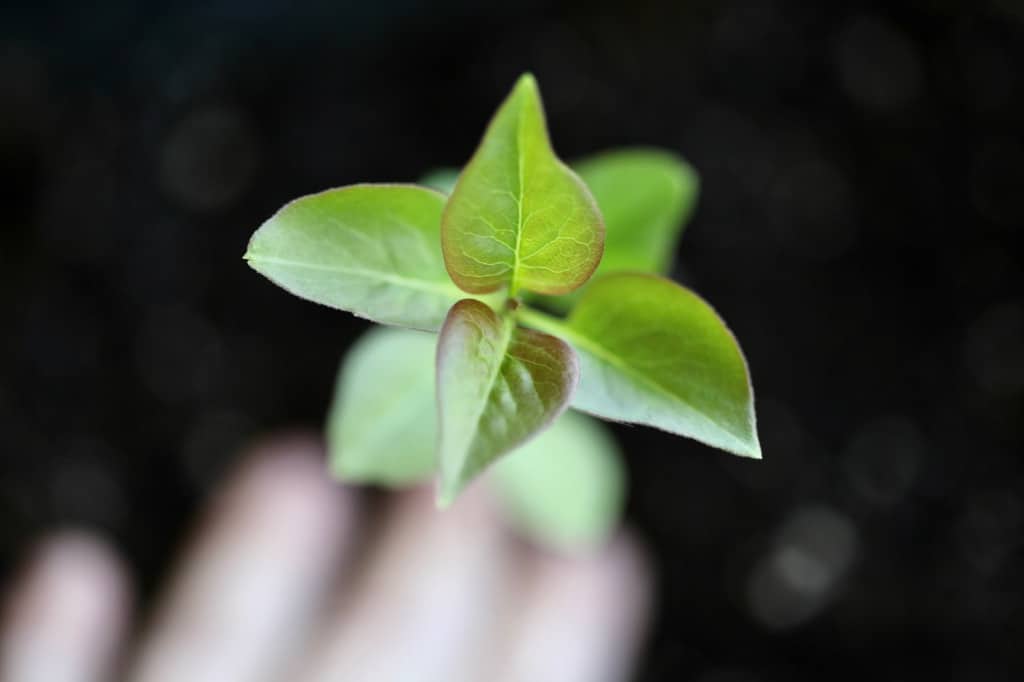
What Is A Root Shoot Or Sucker?
Lilacs are considered to be suckering plants and are known for their suckering tendency.
The common lilac, or syringa vulgaris, readily produces suckers as the plant ages. The suckers are part of the plant's growth and renewal cycle.
A lilac plant is able to renew itself by growing new shoots or suckers from the base and the sides of the plant. These new stems will replenish the plant, and eventually replace old growth and twiggy branches.
Lilacs will generally start to sucker when they are mature plants.
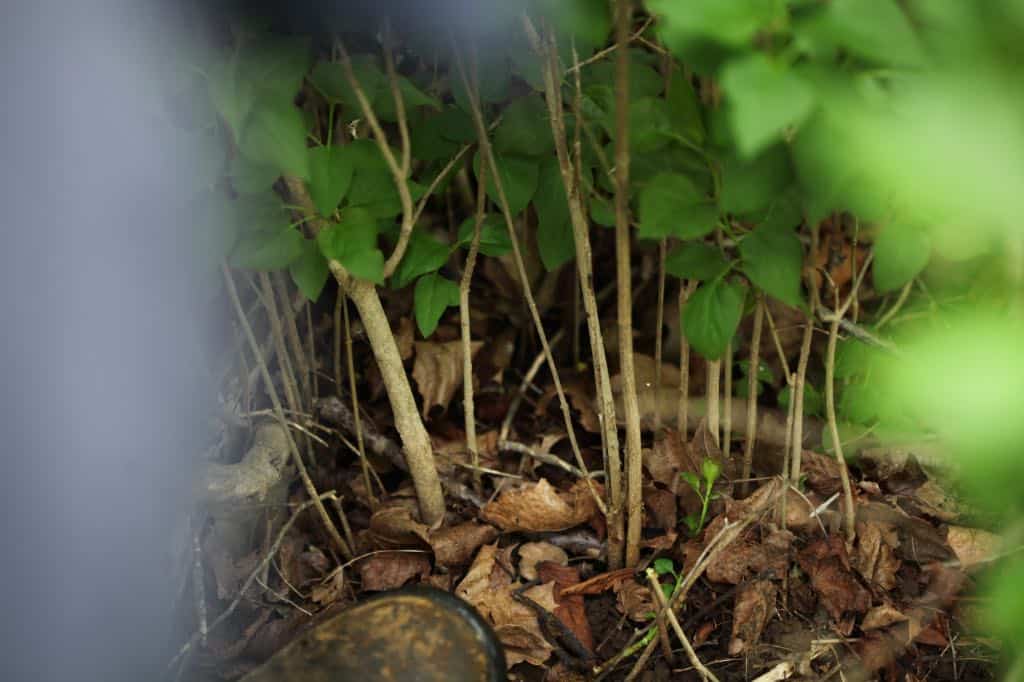
Often in times of stress as well, there will be more suckers produced, as a safeguard to perpetuate the plant.
In fact, if you remove suckers, this will be enough stress to stimulate the plant to produce more root shoots.
These shoots or suckers can safely be removed from the plant, and if dug up with roots attached, can be replanted elsewhere.
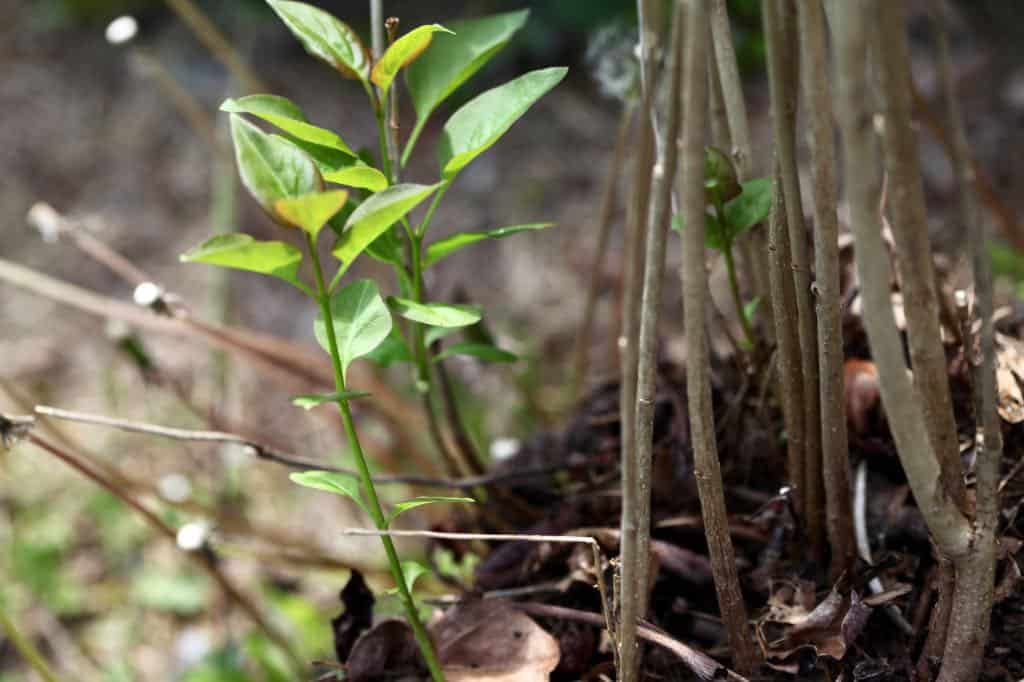
Propagating Lilacs From Shoots
Depending on your growing zone, propagating from suckers can be done in the spring or in the fall. In colder zones, the best time to propagate and plant lilacs is in the late spring.
In spring, it's easy to see the new growth on the smaller suckers at the edge of the lilac plant.
Propagating lilacs from suckers or shoots taken from the roots of the plant, is generally much easier than rooting from cuttings.
The root with the sucker or shoot attached, will need to be severed from the parent lilac plant. The root will be severed adjacent to where the sucker is growing from the ground.
Although the task is not difficult, it will require just a bit of effort.
The sharper the shovel, the easier the job will likely be.
Make sure that the shovel is clean as well, to decrease the risk of spreading disease to the new plant.

Tools You Will Need:
- A sharp and clean shovel
- A pot or container to place the clump of roots
- Soil to pot up the new plants
- A hori hori knife
Locating The Lilac Suckers
- The first step to propagating your lilac from suckers is find some shoots along the edges of an old lilac bush.
- First look closely at the lilac bush, inspecting the edges of the plant to identify a healthy sucker to dig up and sever from the main plant.
- Often there are lots of old leaves at the base of the plant covering the ground. Clear away the leaves and debris to get a good visual on where you will dig.
- Sometimes what looks like a sucker is in fact a lower lying branch, partially buried in the leaf debris at the base of the plant.
- Lift these branches out of the leaf mulch to determine if they are in actually branches, or suckers growing from the soil.
- Once you have located a sucker, it is time to dig.
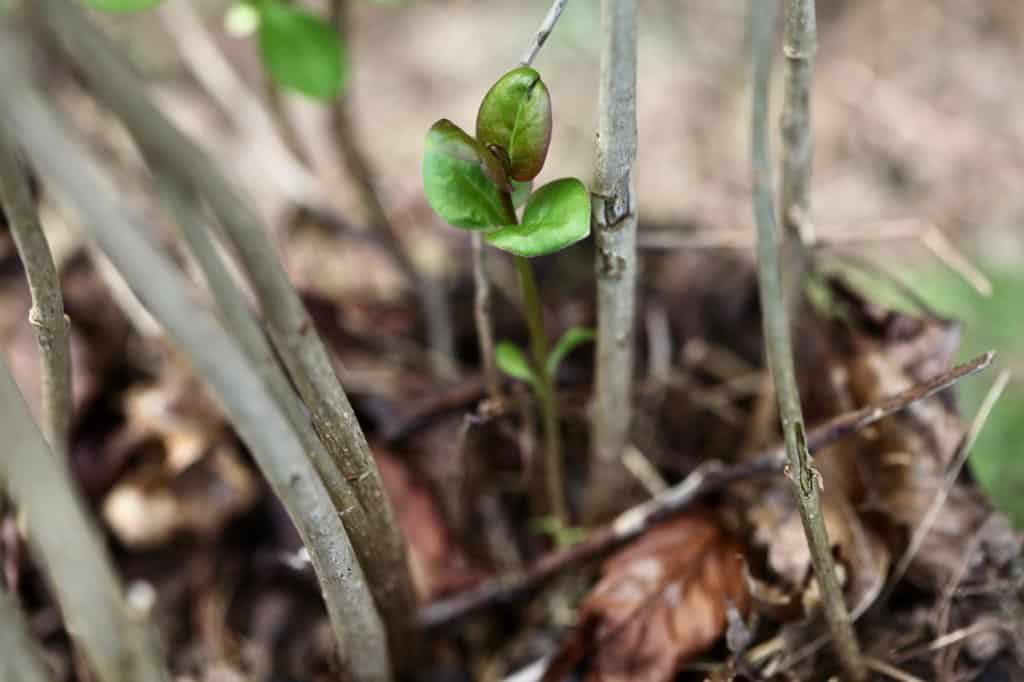
Digging The Lilac Root Shoots Or Suckers
- Dig a circle around the root shoot with a sharp shovel, approximately six inches to a foot away from the stem of the sucker.
- Encircle the shoot, digging deeper and deeper, until you feel the solid root of the main plant beneath your shovel blade.
- This hard root will need to be cut, and usually a sharp shovel blade is all that is needed to do the job. Continue to put pressure on your shovel blade until you feel the plant break free.
- It's important to make a clean cut.
- Try to get lots of roots attached to the sucker for best success.
- Once freed from the main plant, remove the shoot from the hole. Ensure that you have roots attached to the base of the plant.
- If there is mud or soil attached to the roots, leave it in place.
- Place the newly severed lilac sucker into a container of water to rehydrate. The sucker can remain in the container of water until ready to plant up in a pot.
- If the sucker has a good clump of soil and a root ball, just place into an empty container, rather than placing in water.
- Do make sure however, to water the root ball, to keep the plant hydrated.
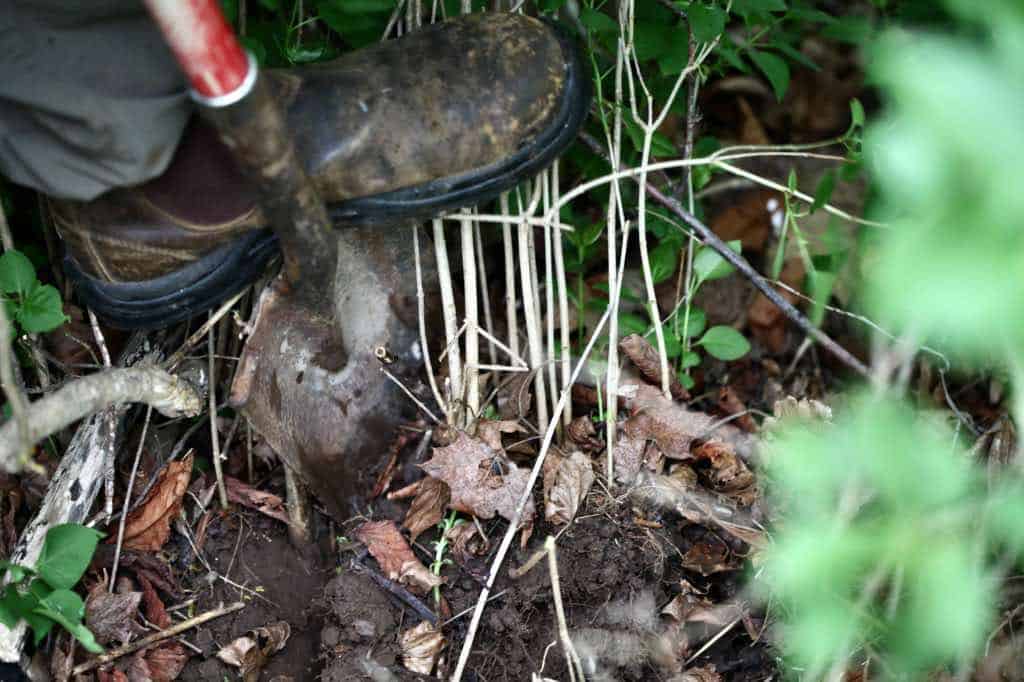
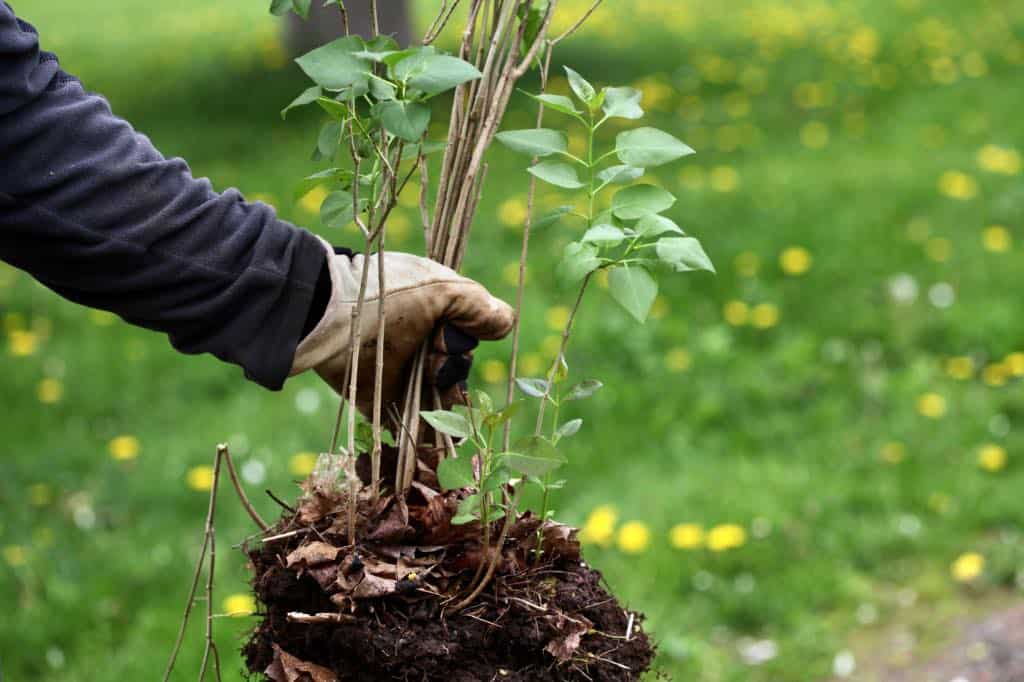
Removing Multiple Suckers
- You may be able to remove more than one shoot or sucker at a time, especially if the lilac bush or hedge has been growing for awhile.
- If a number of small suckers are growing close together in a clump, it may be easy to dig them up as a clump.
- This is what happened when I attempted to remove several suckers from an old bush this season. In the clump of suckers there were quite a few smaller sucker stems coming from the ground.
- These suckers were dug together as a small clump.
- Once you have the clump dug, you will be able to use a smaller tool, such as a hori hori knife, to separate and cut the smaller suckers away from the clump.
- Each stem will be able to be divided from the clump and grown on as an individual plant.
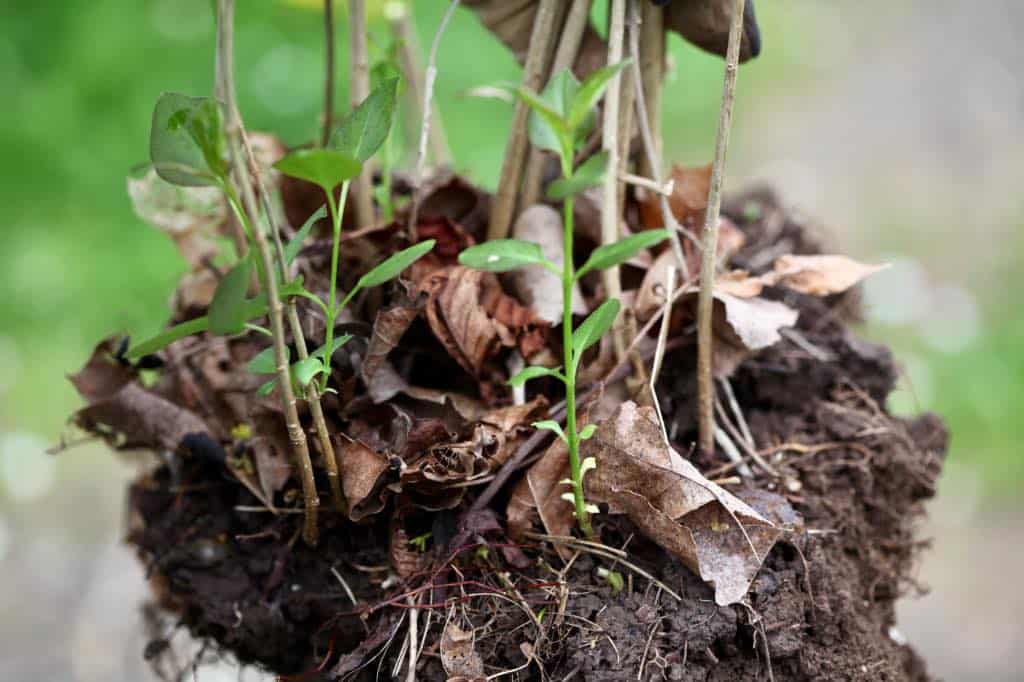
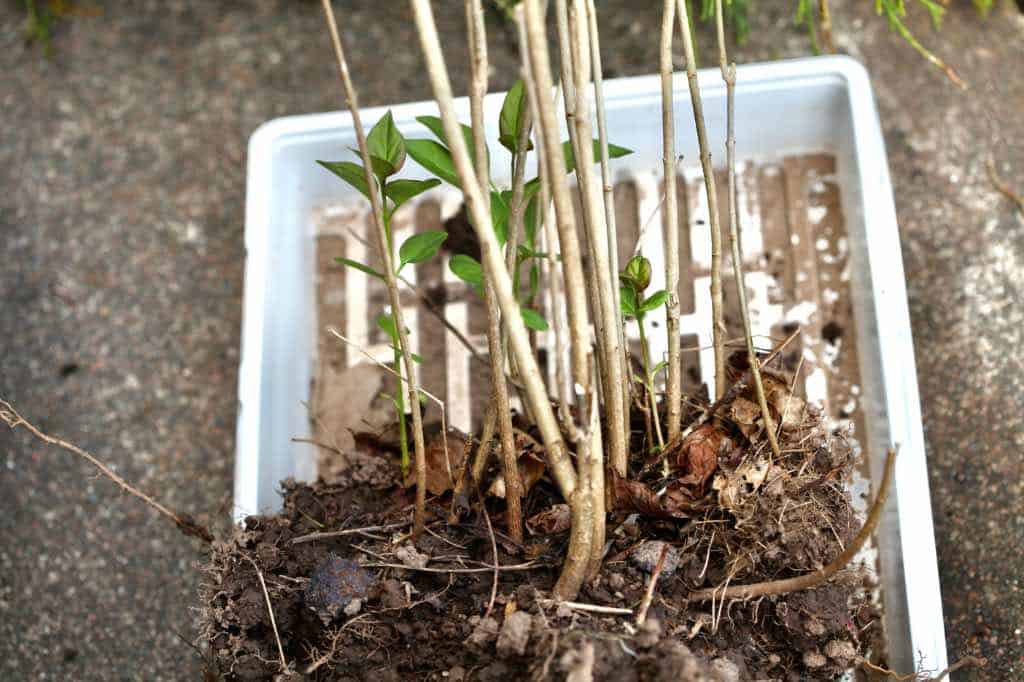
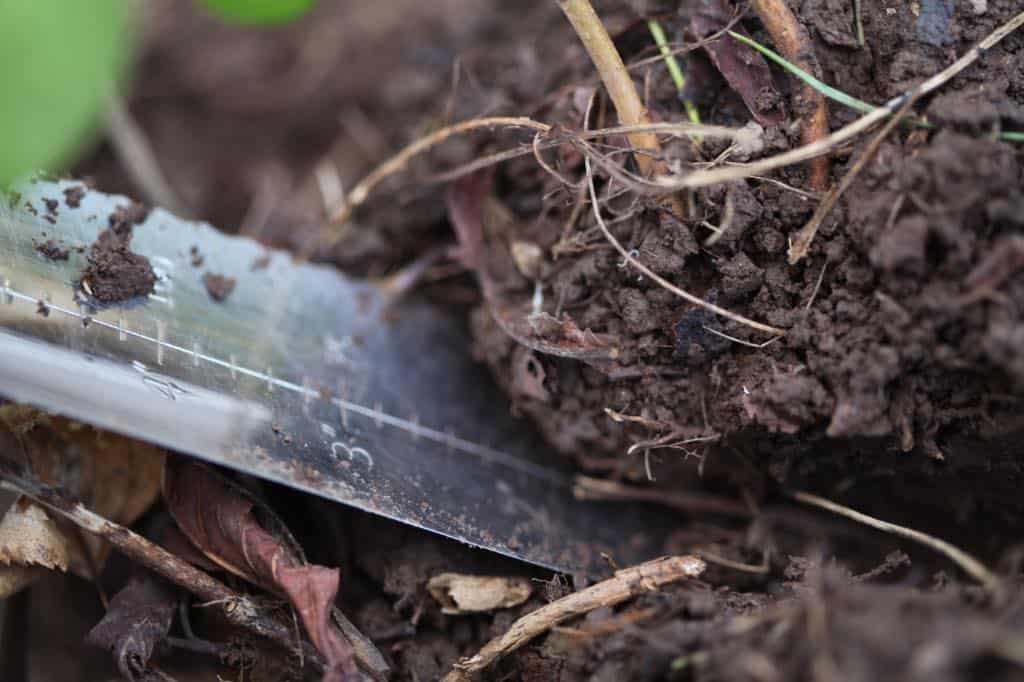
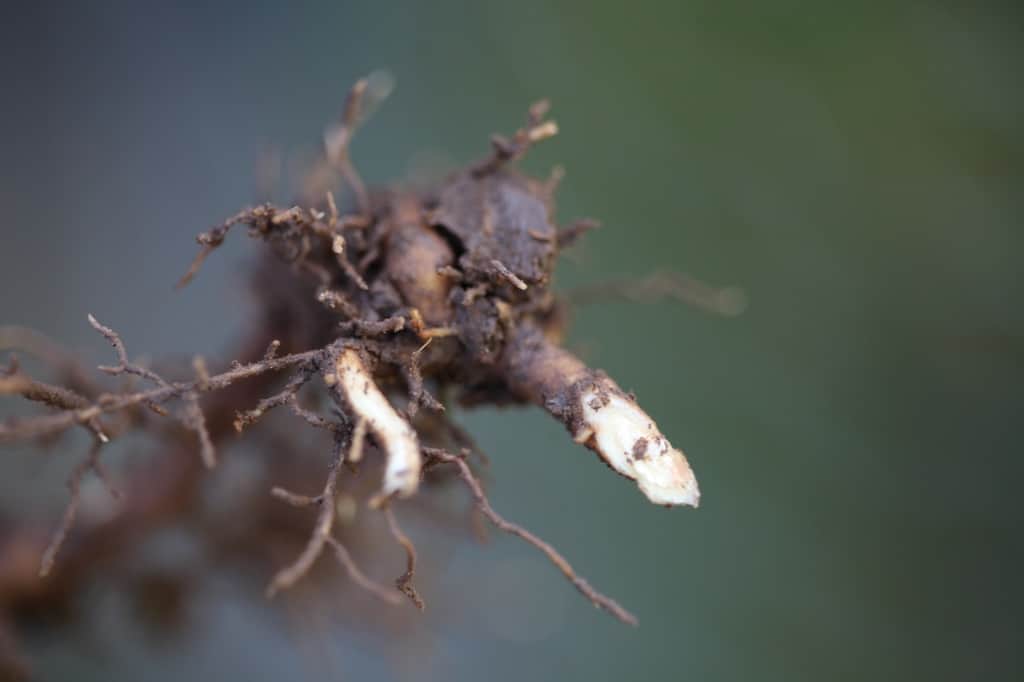
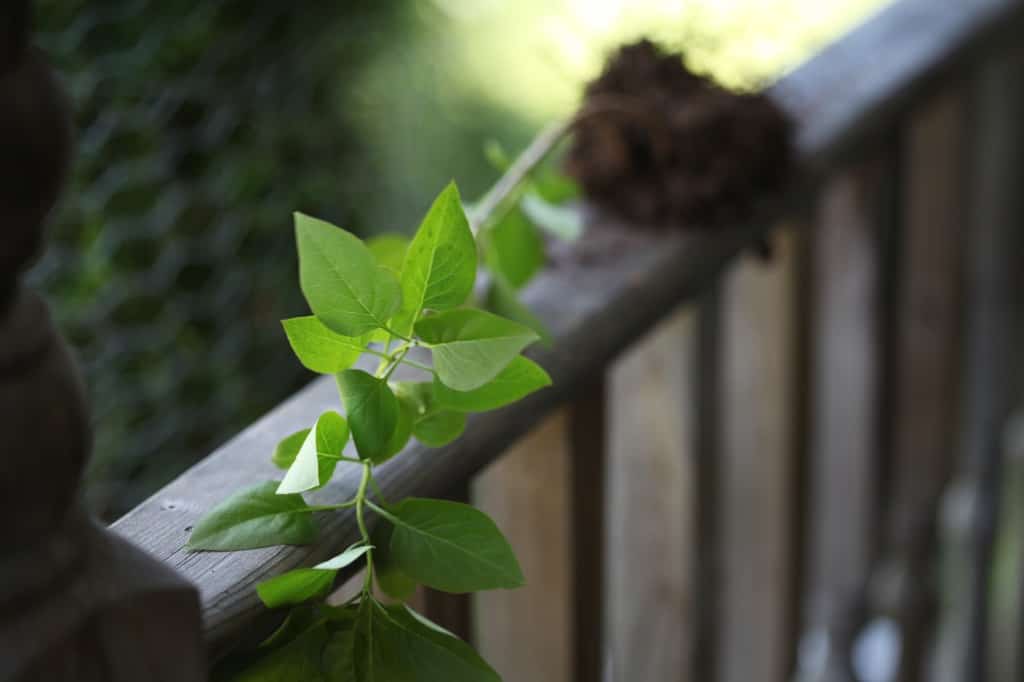
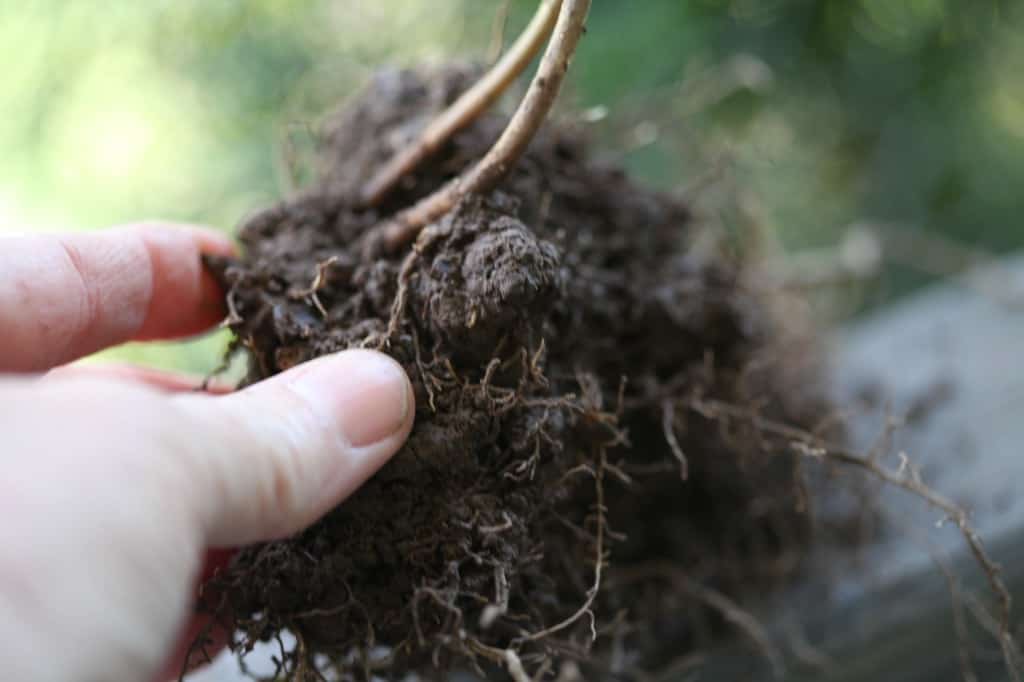
Planting The Lilac Root Shoots Or Suckers
- Choose a good sized pot and fill the pot halfway up with a good potting mix.
- Place the newly cut plant into the potting mix, covering up any roots that are exposed.
- Cover the roots with soil, and try to maintain the soil level at the same depth as where it was previously, before being dug.
- Water the new plant in well.
- You may need to add more soil to the container after the first watering, as air pockets become filled with soil. In this case, the roots will become exposed again.
- Just add some extra soil, and water in again.
- Place the newly potted lilac shoot in a shady spot, to allow for some recovery time from the procedure.
- Allow the plant to grow and settle in the pot, and to grow on for awhile, to develop new roots.
- The important thing is to keep the new lilac plant well watered during this time.
- After about a month, if the plant is recovered and growing well, plant it out into it's final location.
- Plant the young plant into the garden, in a full sun location, with good drainage and lots of light for good lilac bloom.
- Once planted out, the lilac plant can then start to get established in it's new location in the garden.
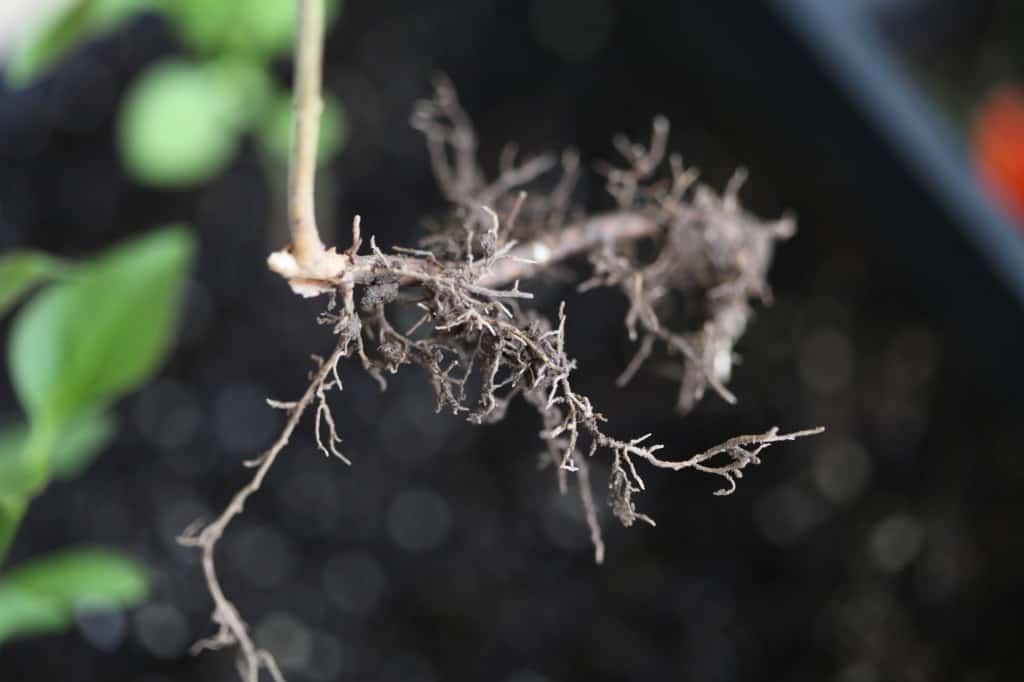
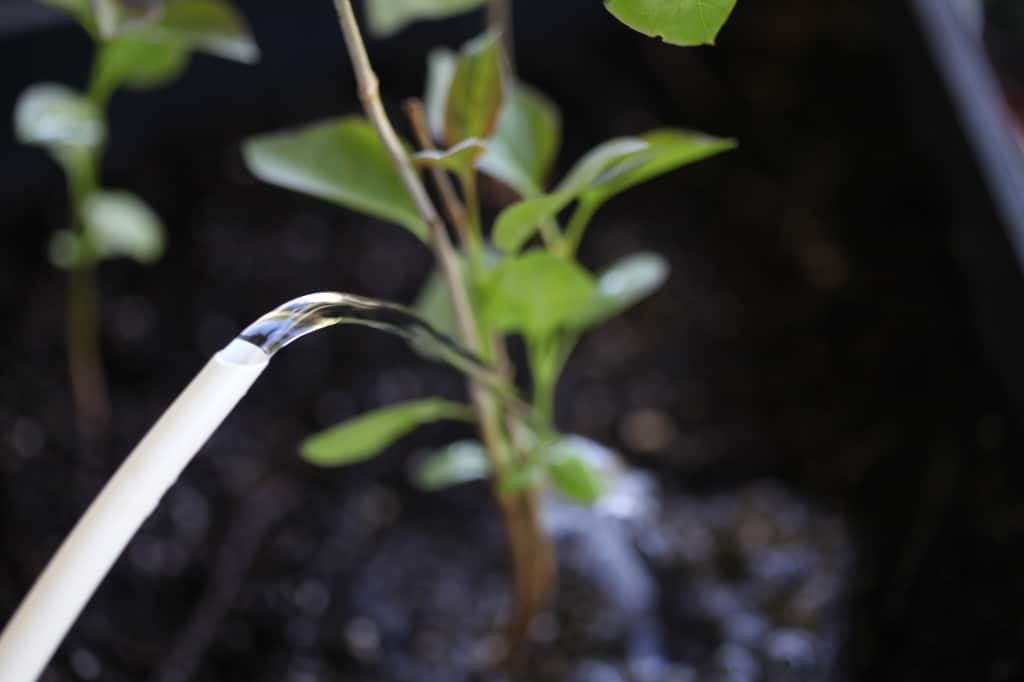
Can You Replant Lilac Suckers Directly Into The Ground?
- You can definitely replant lilac suckers directly into the ground. However, you will likely have more success by potting them up for awhile before replanting into the ground.
- Digging lilac shoots and suckers from the ground severs roots, and causes mild root damage in the plant. This in turn causes stress for the plant.
- It is best practice to provide your new plant with some extra care at this time, by potting it up and caring for it until it recovers.
- Potting the plant up, placing it in a shaded area, and keeping it well watered will do wonders for it's recovery.
- If you do plant your newly dug sucker into the ground directly after digging, make sure it is a shoot with a good root system.
- Dig a planting hole to accommodate the roots.
- Plant at the same depth and soil level from which the plant was growing, before it was dug from the ground.
- Water in well after planting, and keep well watered until established in it's new location.
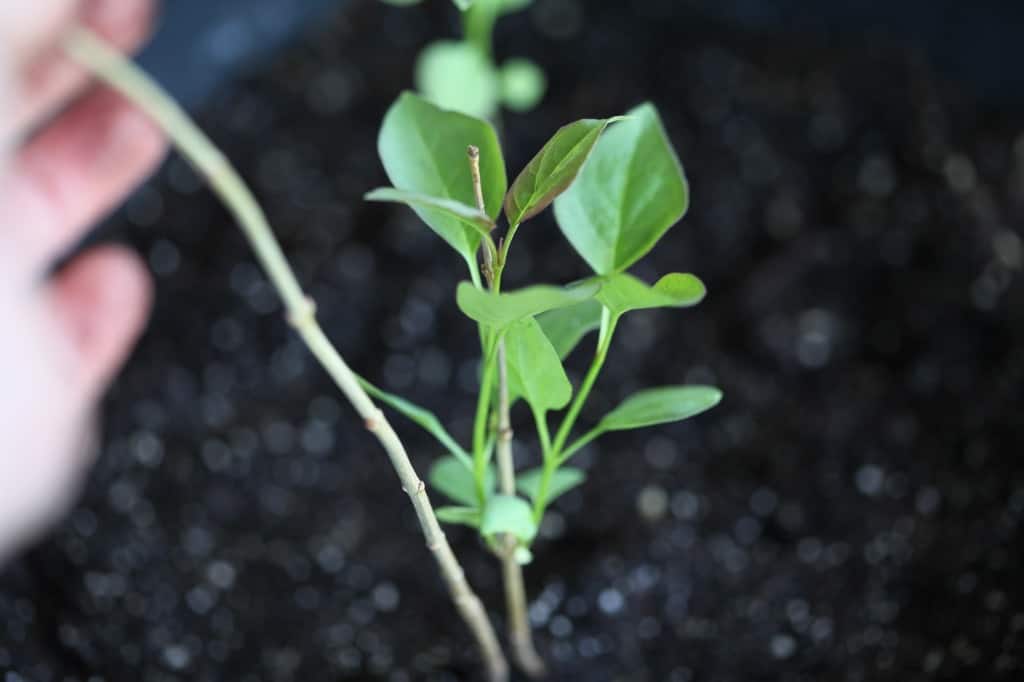
How Fast Do Lilac Shoots Grow?
Lilacs grown from shoots or suckers will generally take about three to five years to bloom. This time frame however is dependent on the size and growth of the new plant.
Very tiny lilac shoots will likely take longer to grow than much larger shoots.
Planting location, and usda hardiness zone or growing zone, will also affect the growth and bloom time of the plant.
The length of the growing season will determine the length of time that the plant has to grow every year.
Our growing season in zone 5b, has a much shorter growing time than those in warmer climates, such as usda growing zones 6 and above.

Conclusion
Lilacs are old fashioned flowering shrubs which produce beautiful fragrant flowers every spring.
If you love the intoxicating scent of lilacs, you may be looking to plant more shrubs in your garden. You will likely also appreciate the concept of making new lilac shrubs from easy propagation methods.
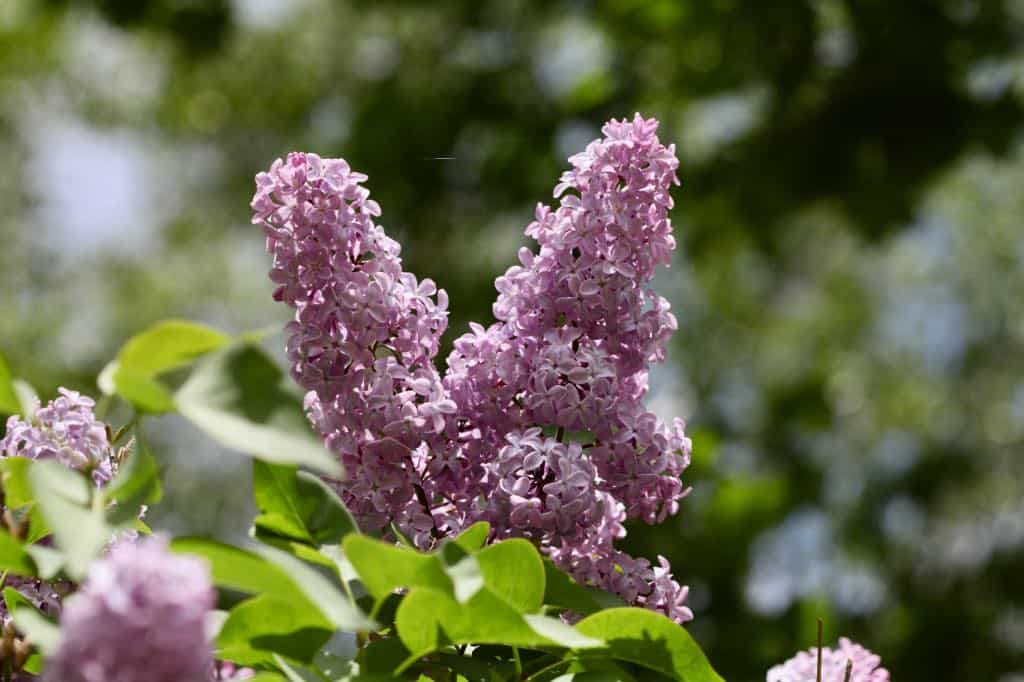
Propagating lilacs from suckers or shoots is the easiest way to propagate a new lilac bush.
This propagation method is a great way to produce new plants for the home garden.
Separating lilac suckers from the parent plant is a fairly easy process. The new shoot, once separated, will be a clone of the mother plant.
Before long, the lilac suckers will be new blooming plants, to grow and enjoy for many years in the garden.
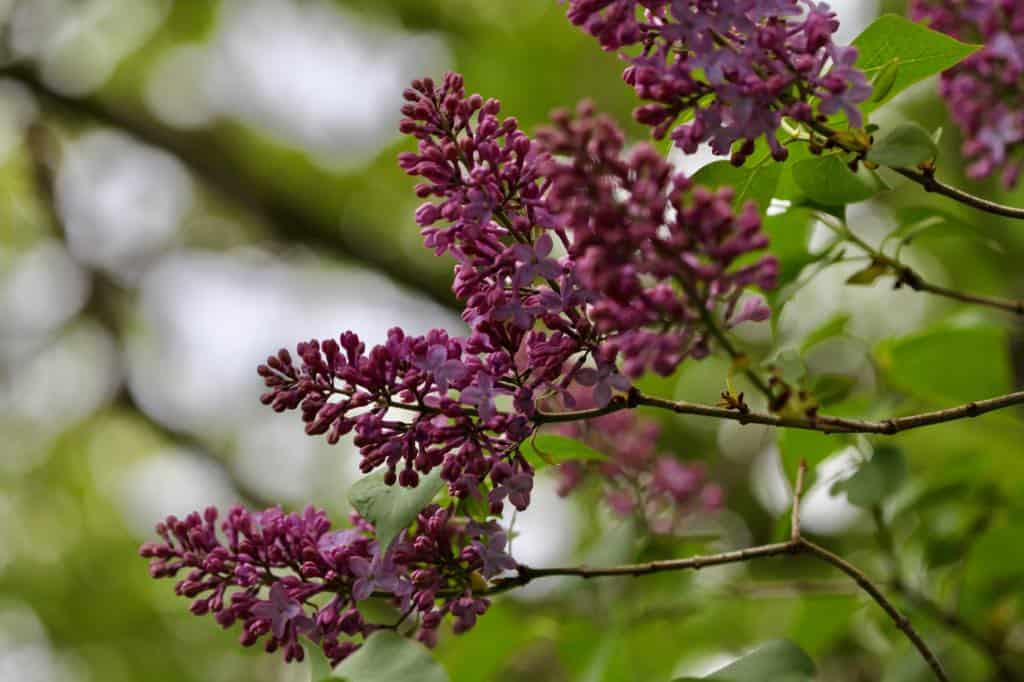
Have you ever tried propagating lilacs from shoots or suckers? Be sure to leave a comment below to share your experience!
Other Posts You May Like:
See the Web Story on How To Propagate Lilacs From Shoots!
Other Lilac Posts You May Like:
PIN IT FOR LATER!



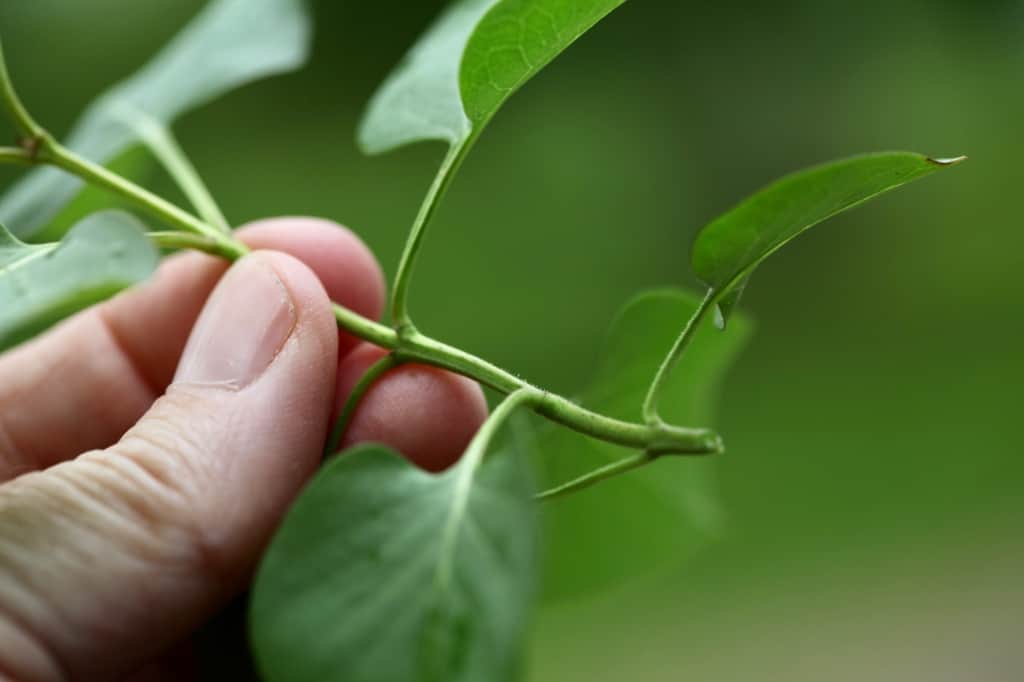
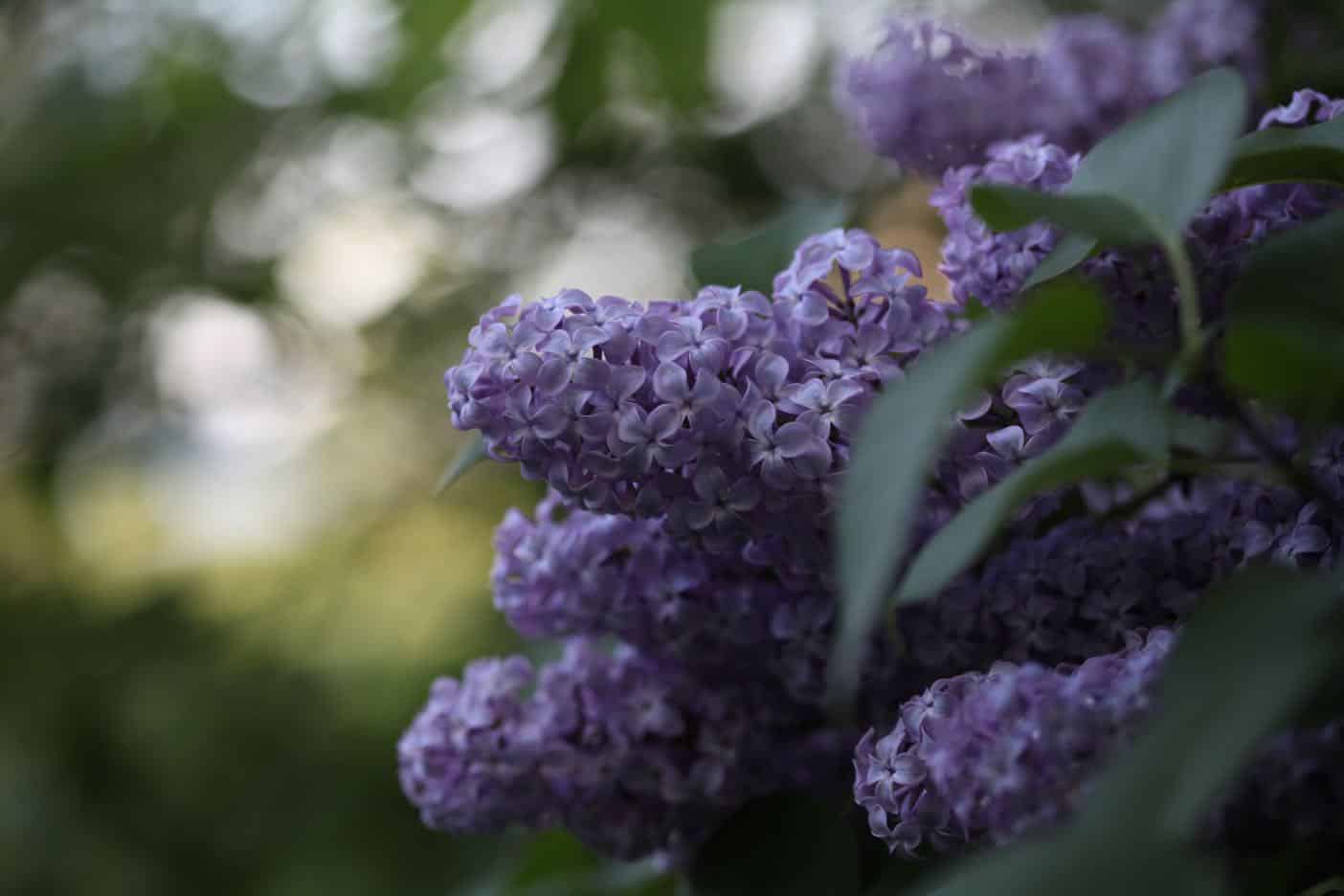
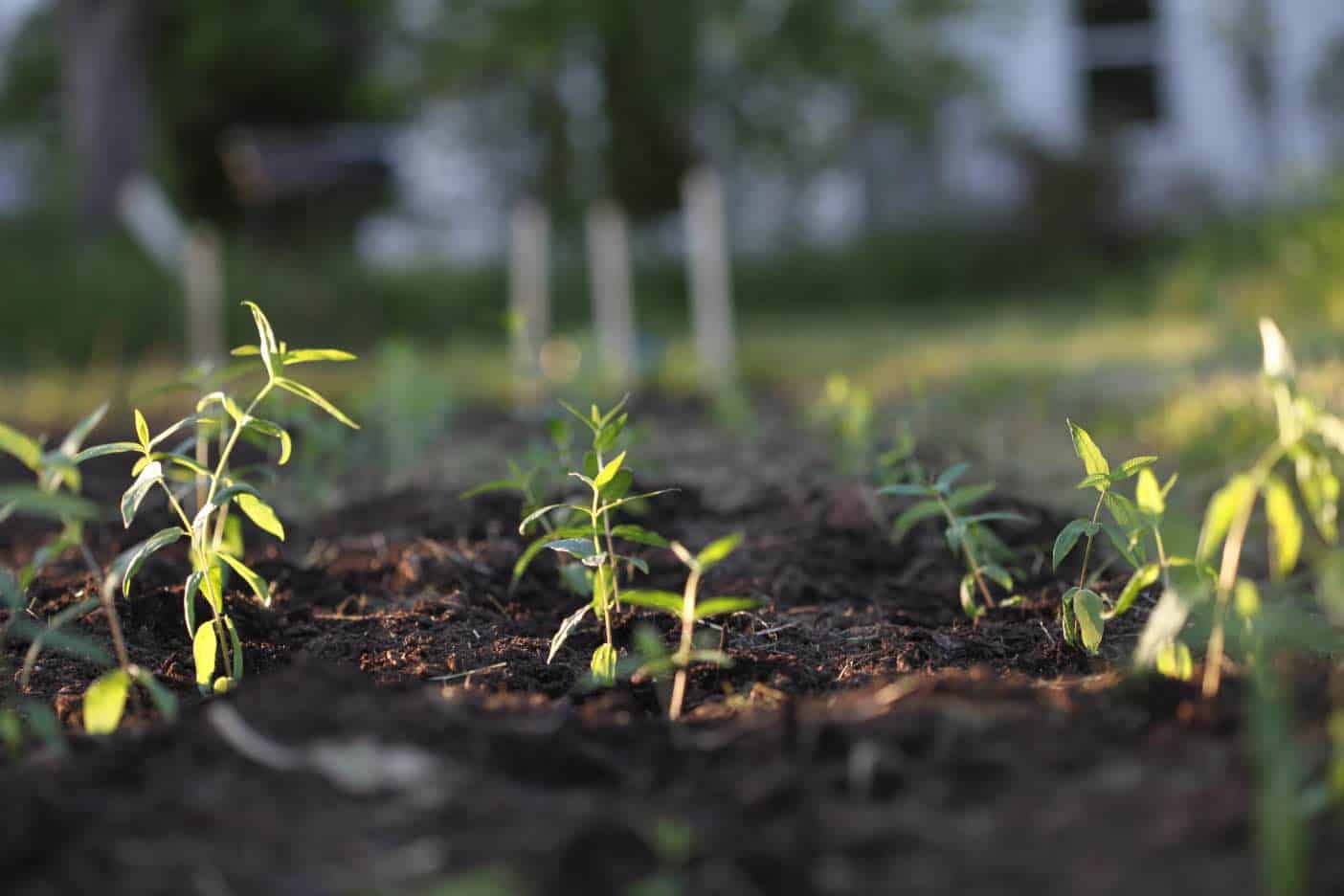
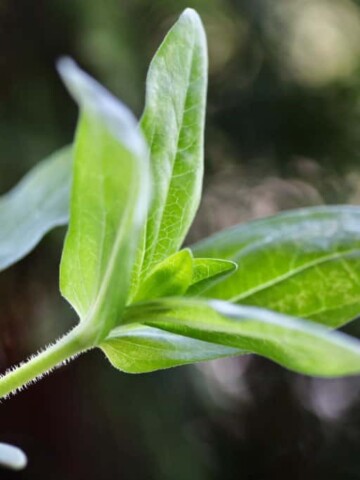
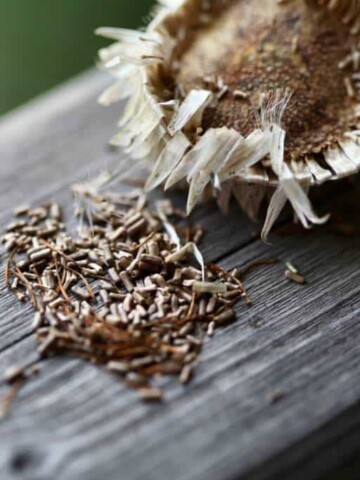
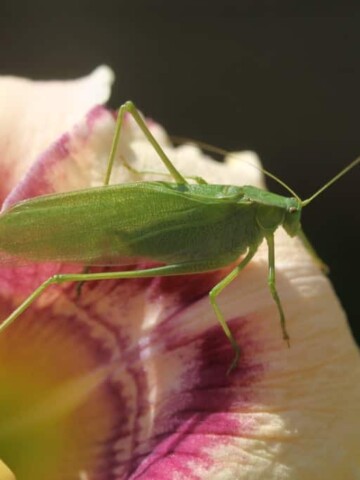
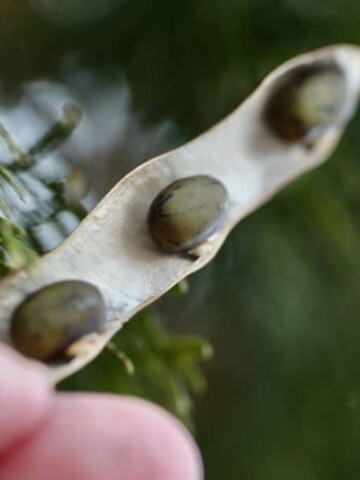
Leave a Reply